 Real quick one this week. I did some work on the shaders. They were a bit cryptic, with exposed floats for tuning. I cleaned all that up, and got rid of a bunch of prototype nonsense. The render cycle went from 0.4-0.6 milliseconds to 0.2-0.4 milliseconds, so that’s good, I suppose. Looks better too. I still need to profile the changes on mobile hardware, but the results should be similar. I started on a sort of switchboard that will let us control the color and lighting in a more global way, probably based on tags. The first pass on the Hero character and some of the inventory objects is done, and now I’m getting them all game ready.
0 Comments
Best Games - Star Control 2
We sit, perched forward, on wooden kitchen chairs. Moonlight slips between the vertical blinds behind us. Paired with the phosphor glow of my 15 inch monitor, it is just enough light to read by. Shawn has two maps of laid out in front of him. One is printed in bright, rich colour on glossy poster paper. The other is assembled from smaller black and white photocopies, scotch taped across the seams. Side by side, they span a good 3 or 4 feet of dining room table. The computer usually sits on a desk out in the shop. On other nights, we would be out there. The shop sits about 100 meters across the yard. The faint smell of gasoline and diesel exhaust permeates everything out there, but that never stopped us from spending hours at a stretch playing games and laughing at our own dumb jokes. Earlier, we disassembled the computer, carried all it’s components from the shop to the house and reassembled it. The case is constructed of thick sheet steel. We consider, for a while, that 286 computer cases were probably punched in single pieces from the hulls of decommissioned battleships. It makes moving the computer, even a few feet, enough of an inconvenience that we don’t do it often. It also means that it will likely grow roots in any new location. I’ll be told, in a day or two, to pack up the computer and carry it back to the shop. That’s fine. This weekend, we need to play. The computer is set up on the large, heavy, dining room table. Ghosts of paint jobs past are still embedded in it’s deeper recesses. The table plays host to many items and activities, but only on holidays is it used for dining. We have cleared the sewing supplies, mail, and childrens hockey equipment, from one quarter of the table to set up. There is room enough for two stations. Over the span of 12 or so hours, we take turns manning each. The plan is to play for a few hours then crash on the floor for the night. We’ll pick up the game early in the morning, before we are ejected out into the daylight to “go ride bikes or something”. Right now, Shawn is going over the maps. He checks the glossy poster against the blue, red, and yellow splotches on the screen, and marks any differences on the photocopies. The narrow slice of our galaxy represented on the map would be unrecognizable to an astronomer, but by now, a few hours in, we know it well. We have added notation for hyperspace and quasispace to the photocopy. Navigating these extra dimensions is old hat. He plots a course, from star to star, around Ur-Quan territory and I operate the keys to pilot us there. If we turned around to look out the picture window behind us, we would see actual stars in the actual sky. The picture window faces east. Sunlight skates across flat prairie. It scatters through the trees at the far end of the yard past the shop, and paints the dining room a dull gold. We never did crash on the floor. I’ve seen the sun set, and rise many times before and since. I’ve looked at the bare night sky, stretching out in a perfect dome of sharp contrast black and white. The stars on that map, the night sky on that screen, stands with equal strength in my memory to any sky I’ve ever seen. Because I shared it with my friend. A few months ago I ordered, by rough estimate, a cup and a half of dice. A few of the standard cube shaped, 6 sided variety, but more importantly, there were 4, 8, 10, 12, and 20 sided dice in there. I know that it’s difficult to imagine a nerd like myself would not already have a hoard of the things. For some reason, while I had gone through life gathering a regal crust of nerdy detritus, half remembered game systems, decades old electronics, comic books, and toys, polyhedral dice never formed part of that concretion. I wasn’t about to let that grim fate befall my children. Their nerdiness is assured. I write this here, so that when the time comes, they will know exactly when and where the blame lies. Around the same time I purchased the dice I also purchased RPGKids. We played through a few simple adventures, but I very quickly started modifying the rules and tuning it to their particular brand of flagging interest. I built all the adventures out of lego and used the small lego game pieces to represent our characters. At first it was them vs. the world, or them vs me as DM. While they liked the adventure elements, adding a certain amount of structure kept them much more interested in the game than just running a free wheeling storytelling session. Anything that put them in direct competition with each other was a no go. It was cooperative or nothing. Children under 5 are not known for grace in defeat. When I started working on a new adventure for them, I decided to create something that would be entirely cooperative, where there is no DM. What we ended up playing was much more of a board game, with many elements lifted directly from FTL, or really any space ship game. This is how we played it, but I’ve been adjusting and tuning the game from the first turn. If you come up with any good rule variations, let me know. Space Pirates
Attention Astronauts! This is the ship computer speaking! I am waking you from cryo-sleep to attend to an emergency situation! Space pirates are attacking this ship. We are caught it in a tractor beam and you will need to destroy the 3 pirate ships before they can steal all of our power cells, leaving us adrift in space. Good Luck! The blue area is your ship and the red is the pirate ship. The white lego bricks between rooms, are doors. We've taken out the doors where the pirates have broken them down. The pirates are in grey and the astronauts are blue, red, white, and black. The counters on the left, outside of the ship, are where we keep track of shields and player health. In the upper right of the game board is the pirate ship status. This pirate ship is one shot away from an explosion. The pirate in the lower left corner of the ship (the medical bay) has stolen an energy cell and is making a run for it. I have put one empty room between each room with a console to allow for a bit more planning. The room at the stern of the ship is the power cell storage room. Feel free to build your ship to your own specs. Actions All actions take one turn. You can decide together what an action is. Move from one room to another. The doors have force fields on them that are coded to the astronauts. Any player can pass through any door, but pirates will have to break the doors before they can pass through them. Attack Pirate Run a console Repair a broken door Pick up a power cell Install a power cell Recharge personal shields 1 unit Heal up 1 unit Consoles consoles can be operated by any player, but they need a power cell installed to work. If a pirate has stolen the power cell you will either have to retrieve it, or get another one from storage. Pilot console Shake the ship. If you are successful the pirates docking bridge will break and they will have to repair it before they can board your ship. Roll any die, over half succeeds, under half fails. Weapons console Fire on the pirate ship. If you are successful the pirate ship shield will be damaged. If the shield is down you will damage the ship. Roll any die, over half succeeds, under half fails. Shield recharge console Recharges one level of personal shields to a player in the room. *make the game harder by requiring one player to run the console for the one being healed. Medical console Recharges one level of health to a player in the room. *make the game harder by requiring one player to run the console for the one being recharged. Power Management console Boost available power to the other consoles. Weapons console can fire twice per turn. Pilot console can shake twice per turn. Shield and Medical consoles can recover two points the player in that room per turn. *make the game harder by providing the boost to only one console at a time. The players will have to choose what console gets boosted for that turn. Docking Bridge The docking bridge has 3 sections. At the start of the game the first pirate ship has it’s bridge fully extended and the pirates are leaving their ship to attack your airlock. If you damage the bridge by shaking the ship at the Pilot console, the pirate ship can repair one section per turn. After a pirate ship is destroyed, the next pirate ship will need to fully deploy a docking bridge before more pirates can board your ship. The entire bridge counts as one room. We only had the pirate ship dock from one side, but I had originally intended that the pirates could dock from either side and you would roll a die to determine which side you are being boarded from. I will rebuild the board to allow for that next time we play. Taking Turns Players take their turn first. You are working together so you should talk about coordinating your movements and actions. If a player spends their turn using the power management console other players receive the benefit during that turn. This is more important if you are using the modifications that make the game harder. pirates go second and all deployed pirates, likewise, take their turn at the same time. All pirates choose their targets first and then attack. If an astronaut is defeated during an attack, but another pirate also has that astronaut targeted, the second pirate will attack nothing, wasting their turn. Space Pirates The space pirates only want to steal the power cells on your ship and carry them back to their ship. They will fight any astronauts they encounter, and they never, ever retreat from a fight. The only time they backtrack, is when they are carrying a power cell. If there are two astronauts in a room, the pirates will always attack the one that has lowered shields or injuries first. They aren’t really interested in chasing down injured astronauts though, they are there for the power cells. If they get the power cell back to the pirate ship, it is lost. 1 pirate can leave the pirate ship at a time. We played with only 4 pirates active at a time. If a pirate is defeated they return to the pirate ship and can step onto the docking bridge during the next turn. Whenever the pirates came to a decision point, we would talk over what we thought the space pirates would do, and I would usually set up some sort of binary choice. Would they walk through a broken door or try to break down another door? Would they attack this player or this player? Then we would roll one die and just do a high-low to see what the pirate chose to do. If there was a three way decision, like one pirate choosing from 3 equally powered astronauts we would just roll a twelve sided die and split the decision between 1-4, 5-8, 9-12. Combat Combat with the space pirates is handled by opposing dice rolls. If the attacker rolls higher they win and damage the defender, if the defender rolls higher they defend and no damage is taken. A tie goes to the defender. We played with each pirate only having one unit of health. That turned out to be too easy, so we added one unit of shield to each pirate. *Kid friendly modification. If an astronaut is defeated they are not out of the game. they are instantly transported to the Medical bay and will need to recharge to full health before they can move again. They are in cryogenic stasis and pirates won’t bother them. **Kid bonus. You get to teach your kid words like cryogenic, and stasis. Winning You win When you repel three pirate ships and escape with some power cells. I don’t think that writers block (or artists / designers / creators block) is a fear of the blank page or canvas. I think a creator gets “blocked” because they haven’t adequately defined the problem they are trying to solve. I’m sure that not everyone thinks, or works like this. I’m sure that some people prefer to intuit creative expression, but my brain just doesn’t work like that. Art needs to be equal parts feeling and mechanics for me to create something successful. It’s probably why I gravitate to design work that has a large technical component to it. Like games. Here is a quick breakdown of how I went about defining one particular design problem. When I first started on this game I had almost no idea what it would look like. It just didn’t seem important. The mechanics of how you would move items around the screen was a more interesting and immediate problem. Games, even experiential art games like Proteus, are more about mechanics than design. Proteus is about navigating, and poking at, an environment. The aesthetics could have gone off in pretty much any direction, but movement and exploration are the core of that design. Establish that core and you have taken a step toward defining your design problem. In our case, we have a game that is played from a typical puzzle game perspective. The camera is locked in one position and adding too much perspective, or changing perspective, will just make the game more difficult to play. So there is another step toward defining the design problem. We wanted some representation of progress in the game, how far have you gone in a level or challenge, and how far away is the next challenge. There is already a game vocabulary for that. It is sometimes described as “move right and conquer”. The player character typically starts on the left side of the screen and either moves to the right of the screen, or just continuously moves right as the world moves past them heading left. As a visual shorthand for progress this construct works very well, and it is easy for non-gamers to pick up, so that further defines the design of the game. The most important elements of the game should take up the majority of the screen space. Our game is also being simultaneously designed for pc and mobile devices, so the physical limitation of touch devices has to come into play. Elements that can be touched need to be a certain size or they just won’t work. This pushes the progress area up into a small portion of the screen. The hero character and the enemies will need to fit in this small area, so that means that fine details in the character textures just won’t be visible. Large, high contrast details on the characters becomes a requirement. While trying to develop a presentation that meets these requirements, but is still visually interesting, I realized that there were still a lot of directions I could go in. I made a few false starts and tried out some ideas that just didn’t work out, because I still had not really defined the problem. At first I tried creating detailed 3D models, thinking that we might use them in long shots and closeups. Closeups didn’t really feel like they would help the game at all, so we could do away with those. Then I thought that flat, cut out style design would give us the contrast we needed. They would, but the character animation would be very limited. I settled on low to medium detail 3D models with high contrast, monochromatic textures. While the surface details of small objects wouldn’t be visible, animation can read well at a very small scale, so having a character that was easy to animate was still very important. Memory limitations are always a consideration on mobile platforms. One of the benefits of going with monochromatic textures is that they are highly compressible. Also, since a typical image file is actually made up of 3 (4 if you count the alpha channel) monochromatic channels that are combined into a single colour image, we can pack 3 times as much information into the same amount of memory space. As I further and further define the problem, or problems I’m trying to solve with this design, the easier and more obvious the solutions get. Now it could be possible that I need to go back and rethink the problem, or solve it in a different way. I could get partway into a design solution, only to find I’m not really solving the problem at all. As long as I keep narrowing in on the problem, further defining and refining it, each blank page is just one in a long line of blank pages that are filled, and then abandoned. Each one is just another opportunity to solve a problem. And here is a video of me painting a texture in Sculptris. First off, Thank you to anyone who has been reading this blog. I have enjoyed writing it. But. I have some good news and some bad news. First the bad news. I ending the blog and all other game creation activities. It’s been a long time, most of my life really, but I have lost all interest in games. I am going to stop writing about them, playing them, and making them. But there is a good reason for it. The good news is, I’m ending my 35+ year long interest in games, and video games in particular, to follow my heart. My love of dance. If anyone would care to join me, I will be presenting my one man exploration of interpretive movement on June 14th. “My left, and also my right, foot : an evening of Dancechantment”
7:20pm at the Fox Valley Community Hall, Fox Valley Sask. Coffee and cabbage rolls will be provided by Mrs. Vilve Yachke Everyone give her a big thank you. See you there! |
Archives
February 2024
Categories |
Owen McManus

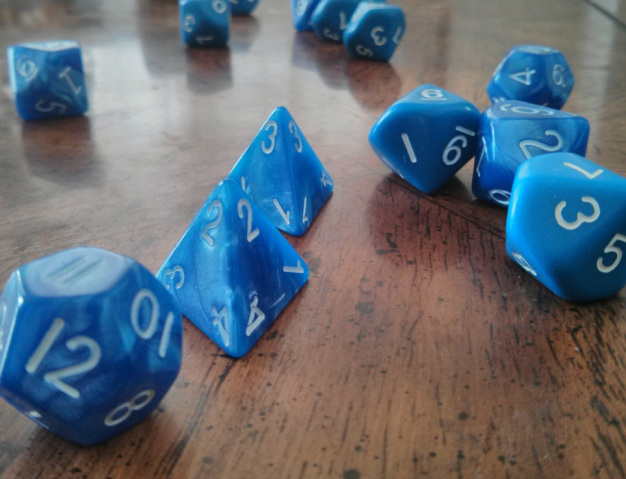
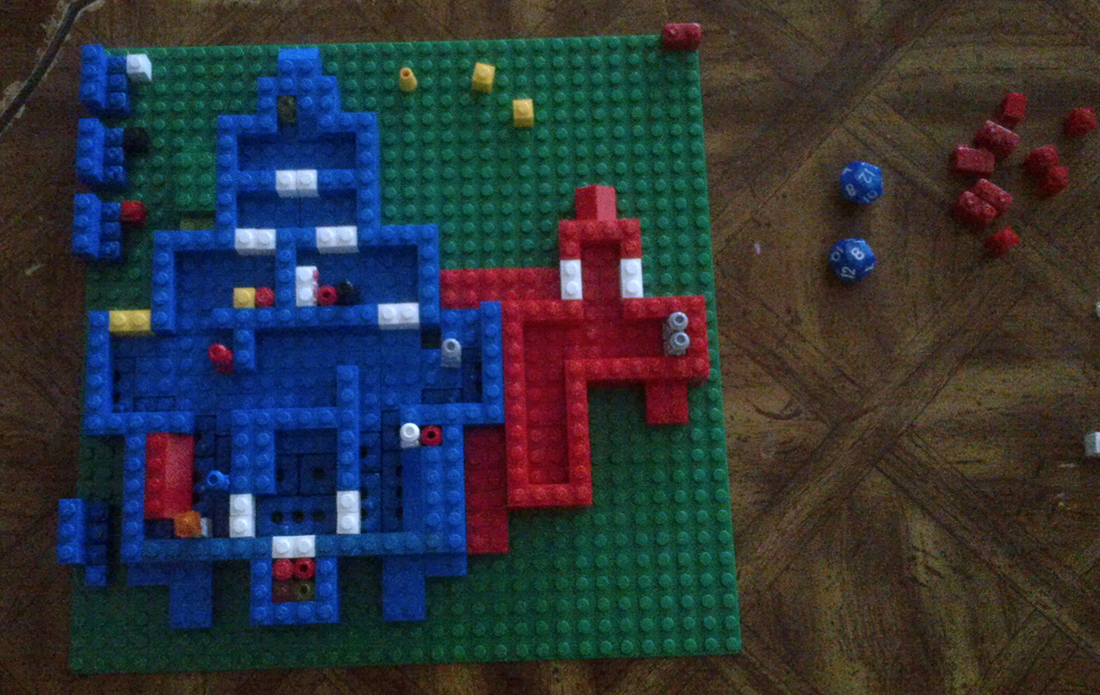
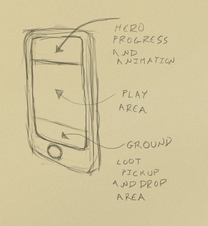
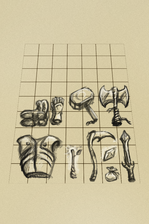

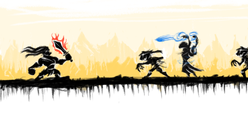
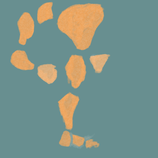
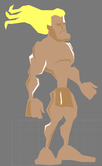
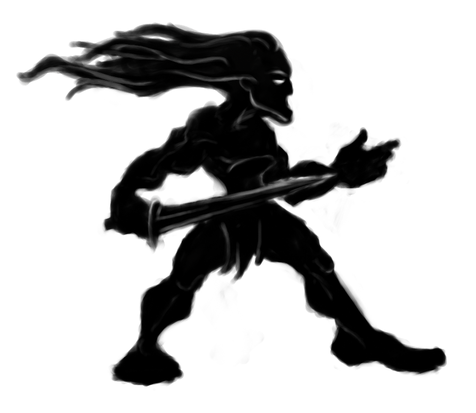
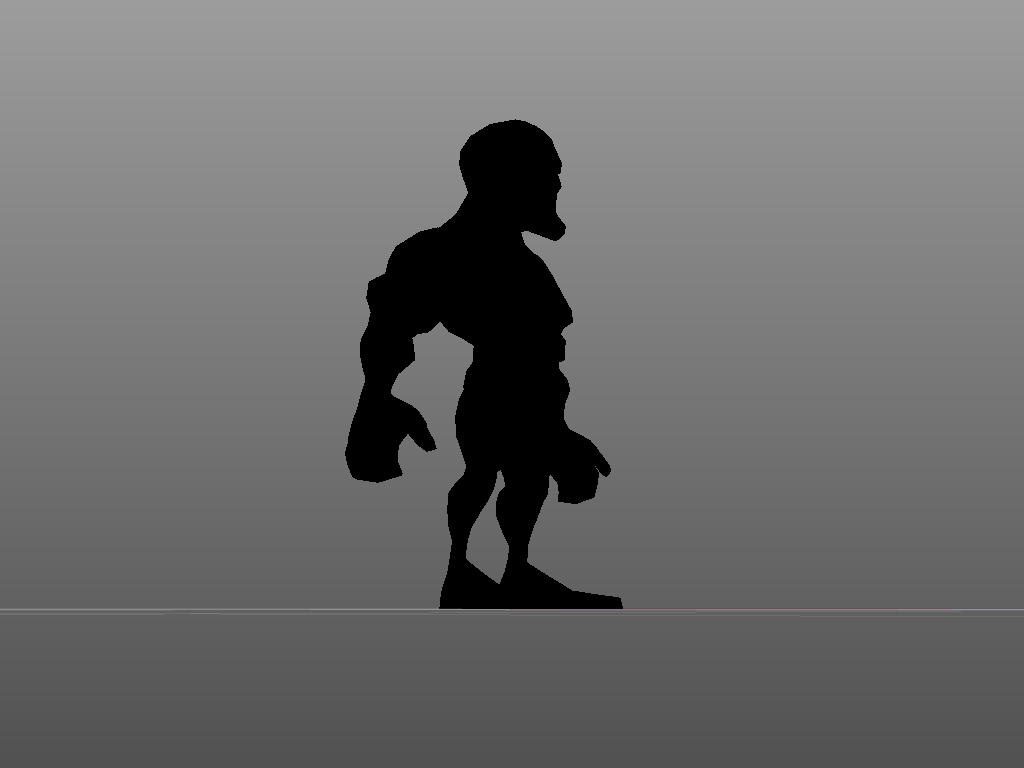
 RSS Feed
RSS Feed